18 Furcraea False Agave Succulents Unveiled: Visual Delights and Descriptions
Furcraea plants are fascinating green beauties that originally come from the tropical regions of the Americas. But guess what? These incredible plants have spread their roots across the globe! Now you can find them in places like Thailand, India, Portugal, and Australia. How cool is that?
Furcraea plants are often categorized as plants similar to agave due to their resemblance, but they actually belong to a distinct genus.
In this blog, we’re going to dive into the captivating world of Furcraea plants. We’ll explore their origins, their unique smells, and even discover some surprising facts. Get ready to be amazed by these tropical treasures that have stolen the hearts of gardeners all over the world!
Contents
- 1 Types of Furcraea Succulents
- 1.1 Furcraea andina
- 1.2 Furcraea bedinghausii
- 1.3 Furcraea cabuya
- 1.4 Furcraea foetida (Green Aloe/Mauritius Hemp)
- 1.5 Furcraea foetida variegata
- 1.6 Furcraea gigantea variegata
- 1.7 Furcraea guatemalensis
- 1.8 Furcraea guerrerensis
- 1.9 Furcraea hexapetala (Cuban Hemp)
- 1.10 Furcraea longaeva
- 1.11 Furcraea macdougallii
- 1.12 Furcraea niquivilensis
- 1.13 Furcraea occidentalis
- 1.14 Furcraea parmentieri (Weeping Furcraea)
- 1.15 Furcraea pubescens
- 1.16 Furcraea quicheensis
- 1.17 Furcraea selloa (Wild Sisal)
- 1.18 Furcraea selloa var. marginata
- 1.19 Furcraea tuberosa
- 2 Is Furcraea an Agave?
- 3 Furcraea vs Agave: Similarities and Differences
- 4 How to Care for Furcraea Succulents
- 5 How to Propagate Furcraea
- 6 FAQs
Types of Furcraea Succulents
There is a wide range of Furcraea varieties, each with its unique characteristics and appeal.
Furcraea andina
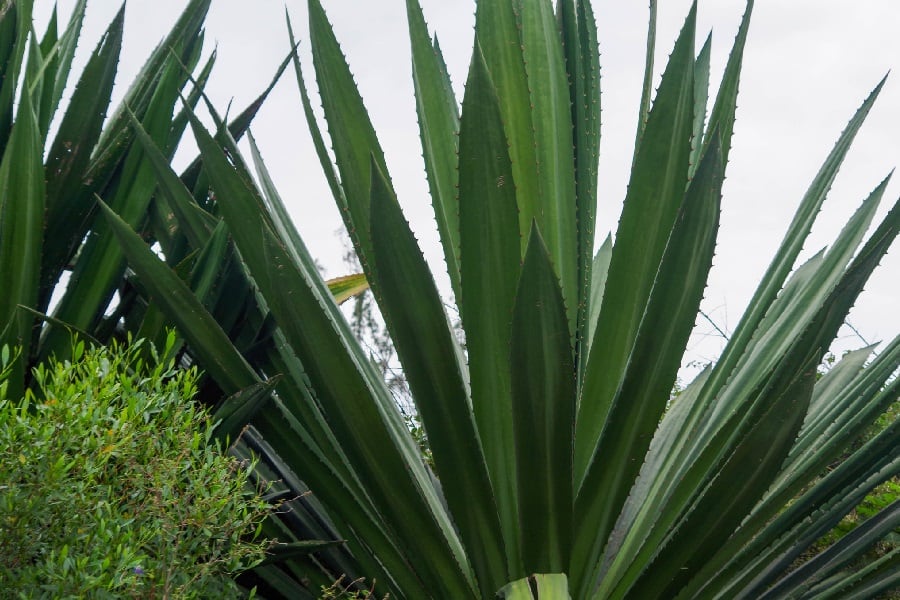
Furcraea andina is a stunning species known for its silvery-blue leaves. It hails from the Andean regions of South America, where it thrives in high-altitude environments.
Furcraea bedinghausii
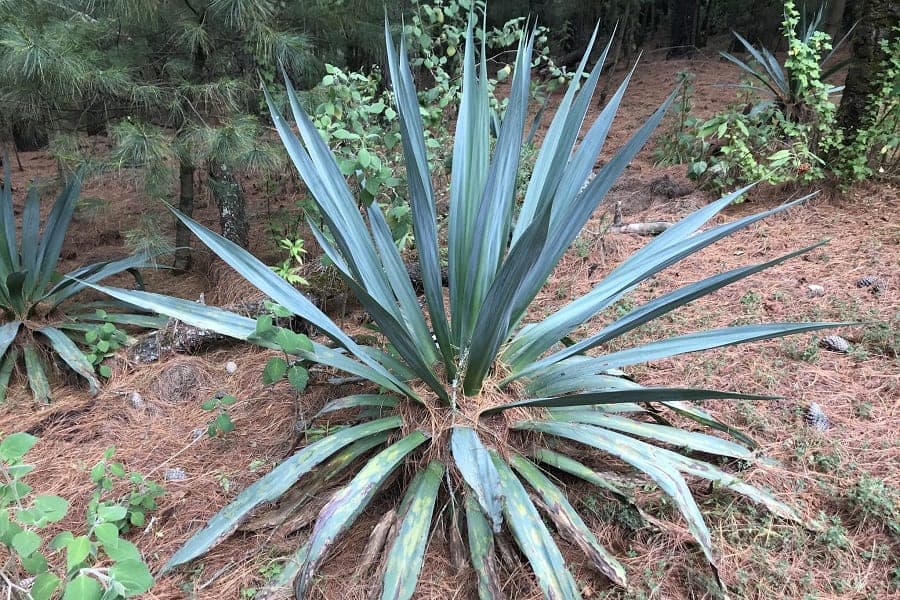
This species is native to Mexico and features long, lance-shaped leaves that curve gracefully. Its striking foliage adds a touch of elegance to gardens and landscapes.
Furcraea cabuya
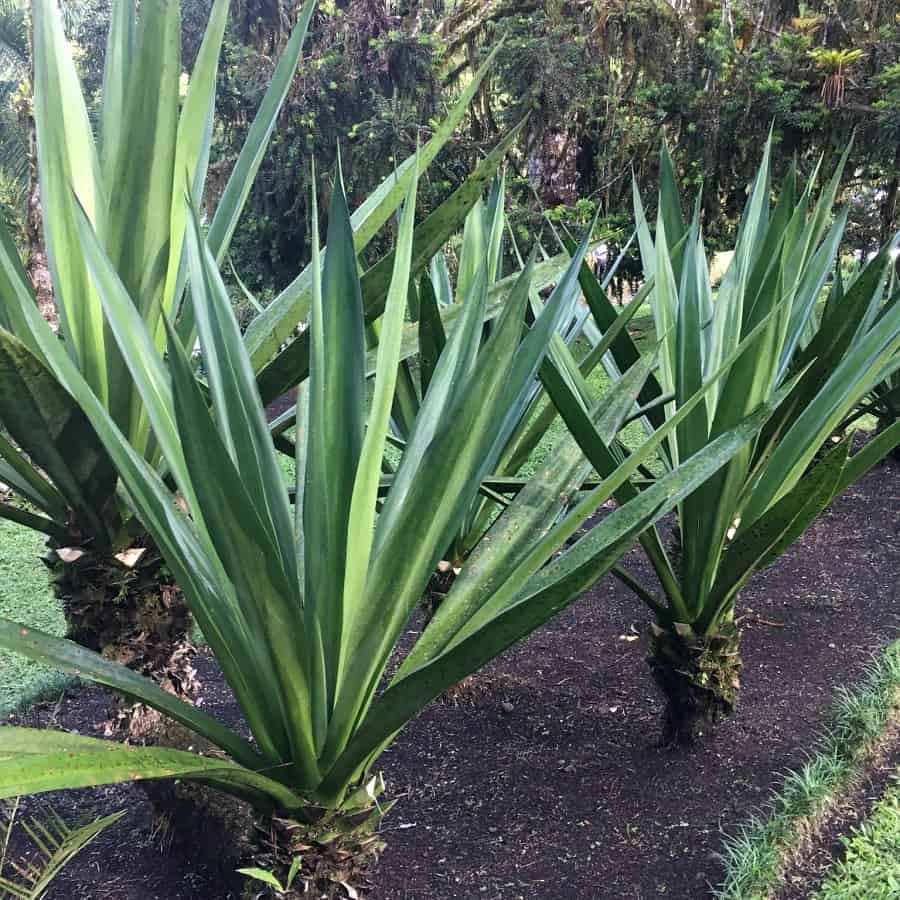
Furcraea cabuya is a species found in Central and South America. It is commonly used for making ropes and other fiber-related products due to its strong and durable fibers.
Furcraea foetida (Green Aloe/Mauritius Hemp)
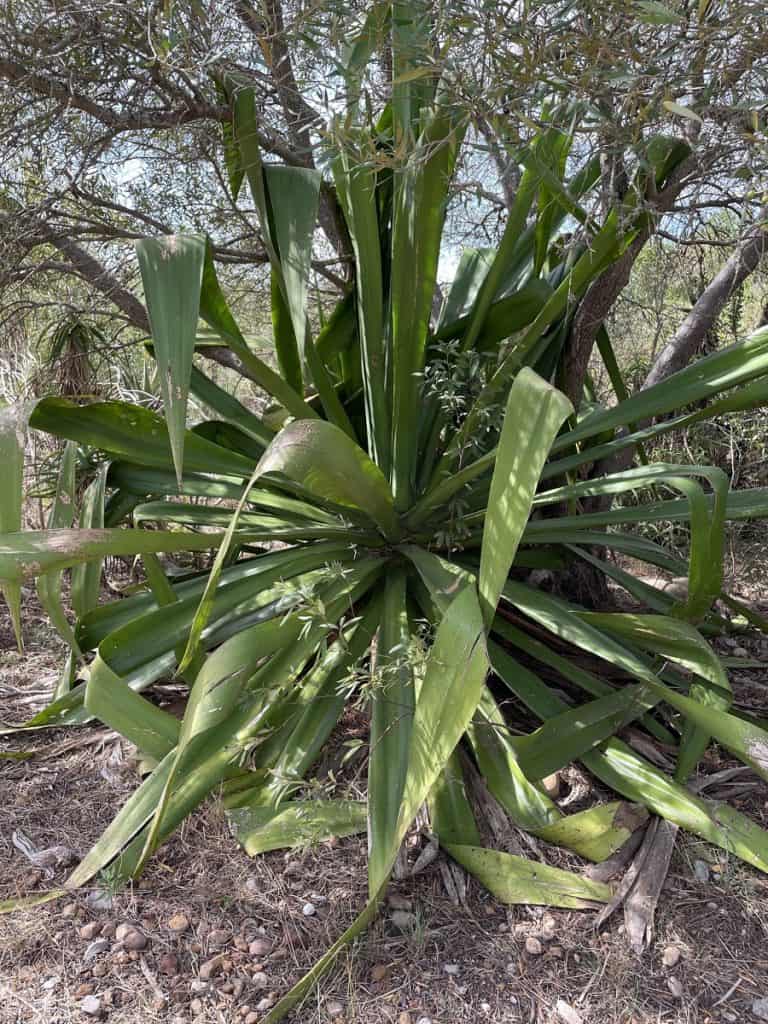
Furcraea foetida, also known as Green Aloe or Mauritius Hemp, is a widely cultivated species appreciated for its ornamental value. Despite its unpleasant smell when crushed, it remains a popular choice among gardeners.
Furcraea foetida variegata
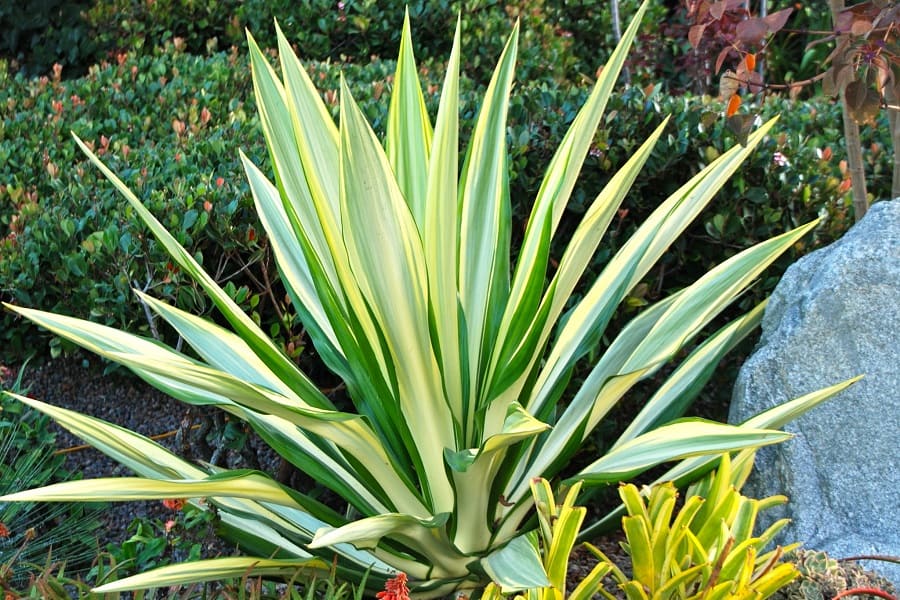
This variety of Furcraea foetida showcases beautiful variegated leaves, featuring a mix of green and creamy-white colors. It adds an eye-catching element to any garden or indoor space.
Furcraea gigantea variegata
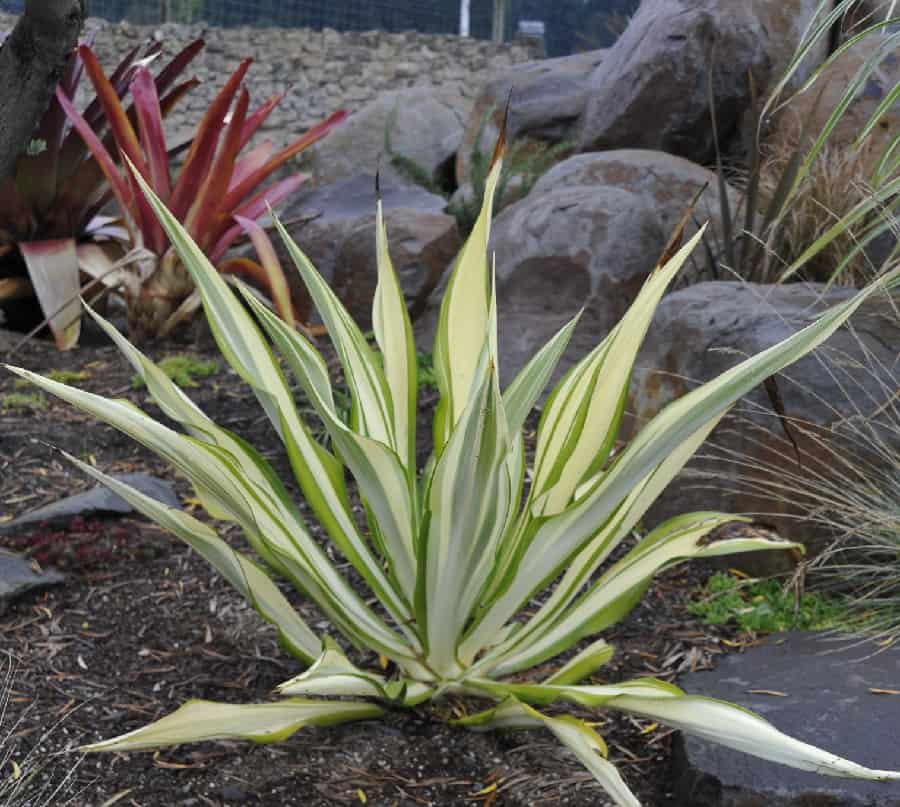
With its gigantic and variegated leaves, Furcraea gigantea variegata commands attention in any setting. This visually striking cultivar is a favorite among succulent enthusiasts.
Furcraea guatemalensis
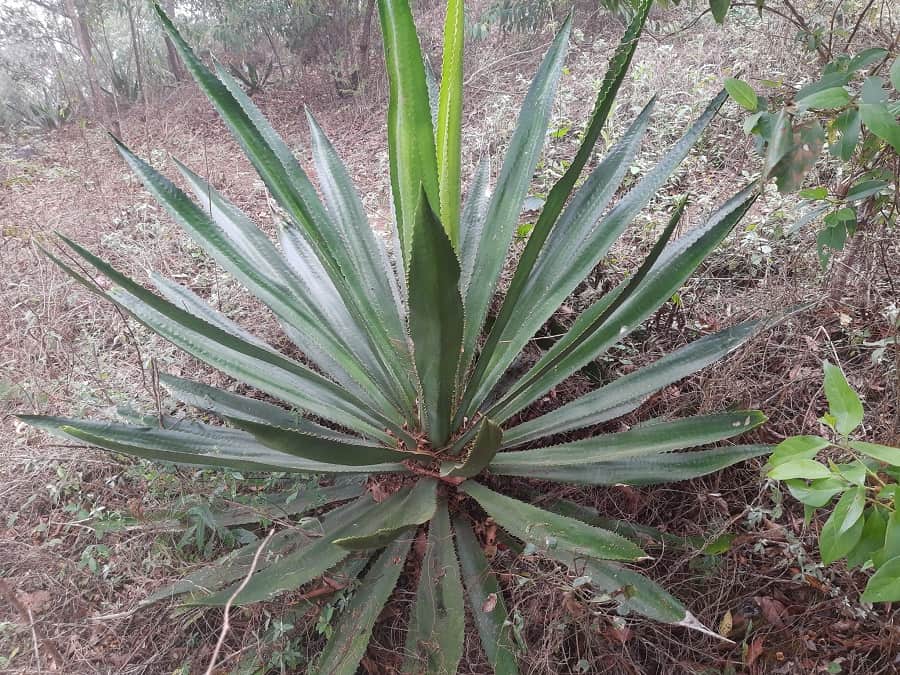
Native to Guatemala, Furcraea guatemalensis exhibits gracefully arching leaves and produces tall flower stalks adorned with small white blossoms. It thrives in warm, arid climates.
Furcraea guerrerensis
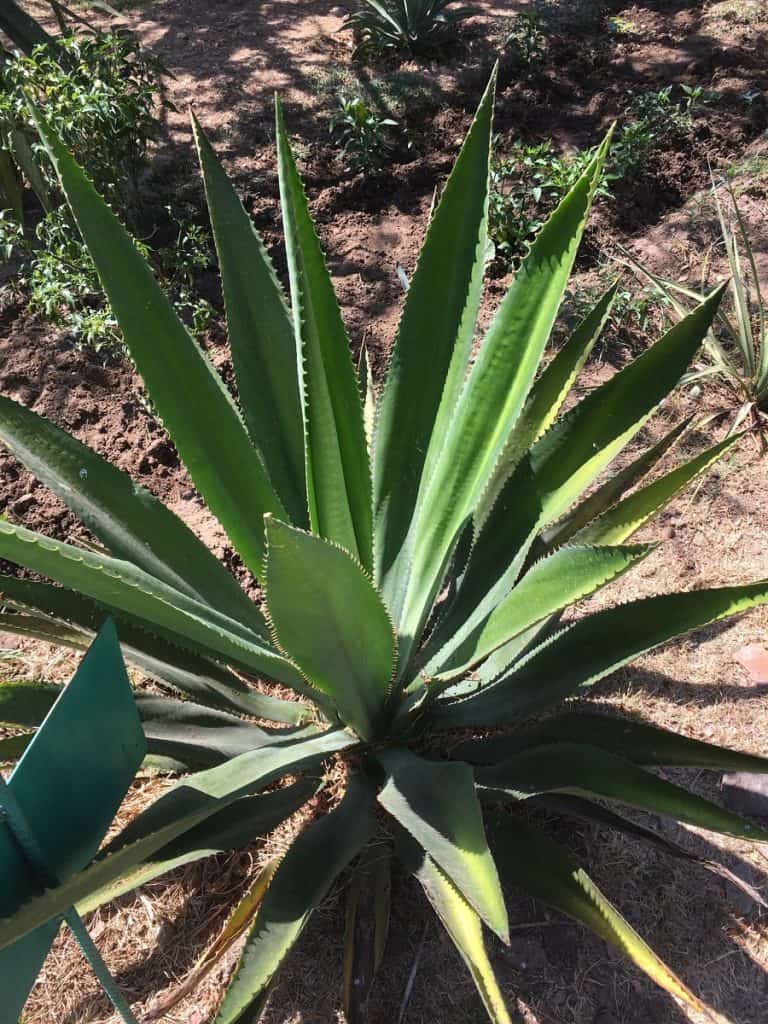
Found in Guerrero, Mexico, Furcraea guerrerensis is a remarkable species known for its sturdy leaves and rosette form. It adds a dramatic touch to gardens and landscapes.
Furcraea hexapetala (Cuban Hemp)
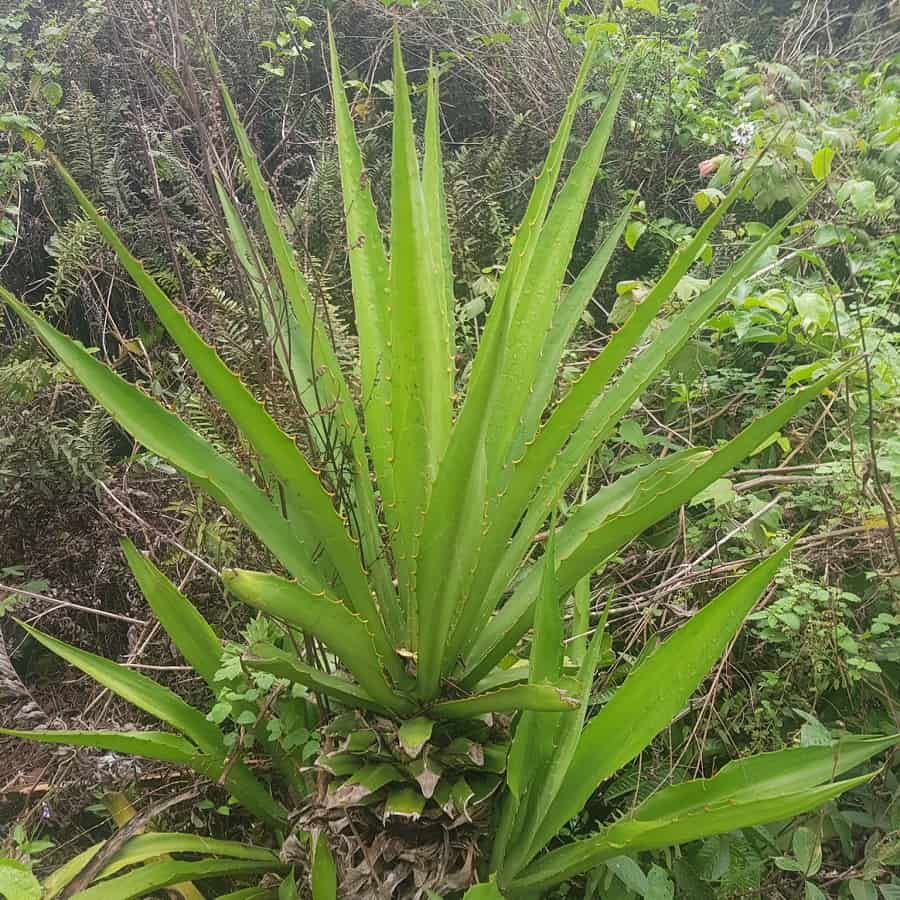
As the name suggests, Furcraea hexapetala is well-known for its strong fibers used in rope and textile production. It is native to Cuba and other Caribbean islands.
Furcraea longaeva
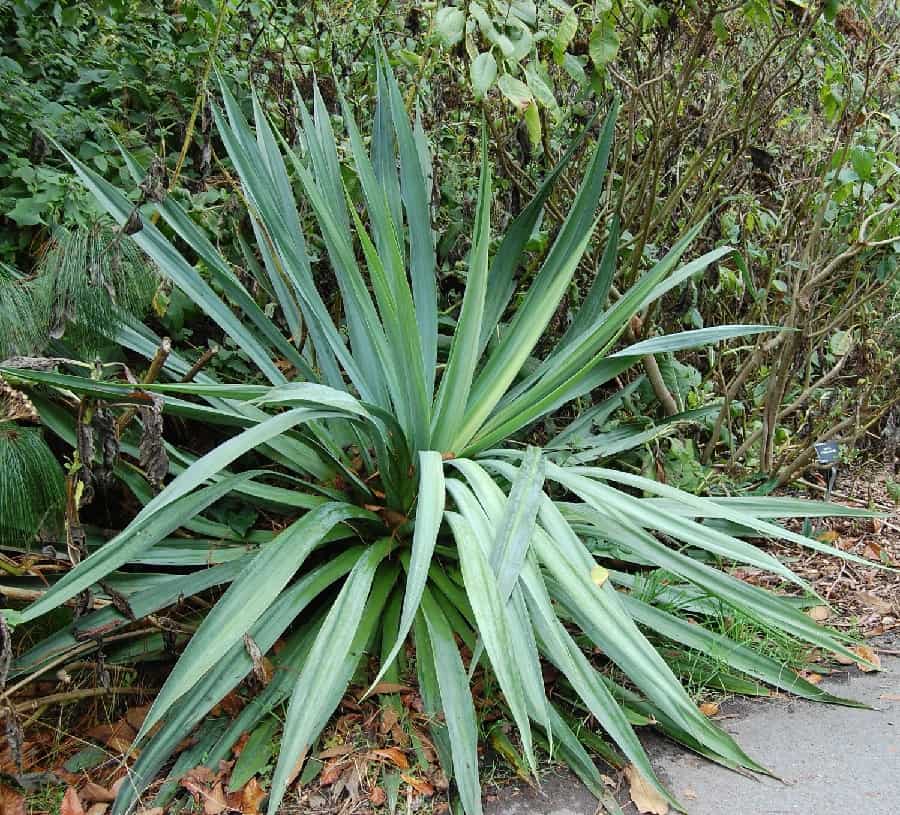
This species, native to Central America, has a fitting name as Furcraea longaeva is known for its long-lasting lifespan. It can live for several decades, making it a resilient and enduring plant.
Furcraea macdougallii

Furcraea macdougallii is a rare and visually striking species native to Brazil. It features thick, sword-like leaves of vibrant green and can become an impressive focal point in gardens.
Furcraea niquivilensis
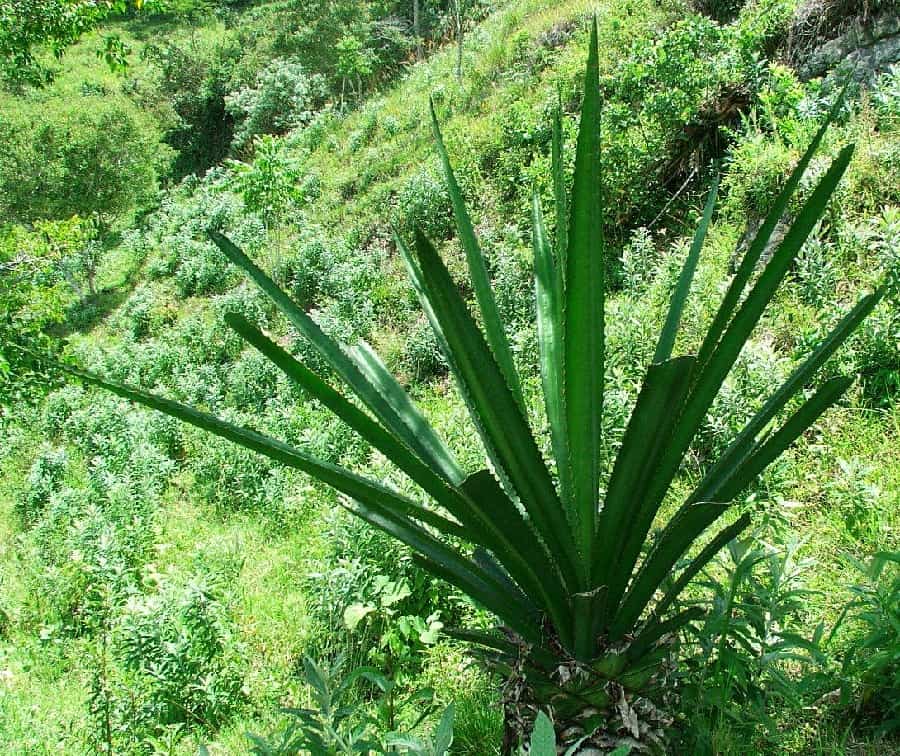
Found in the mountainous regions of Argentina, Furcraea niquivilensis boasts unique blue-green leaves with distinct markings. It has adapted to the harsh conditions of its natural habitat.
Furcraea occidentalis
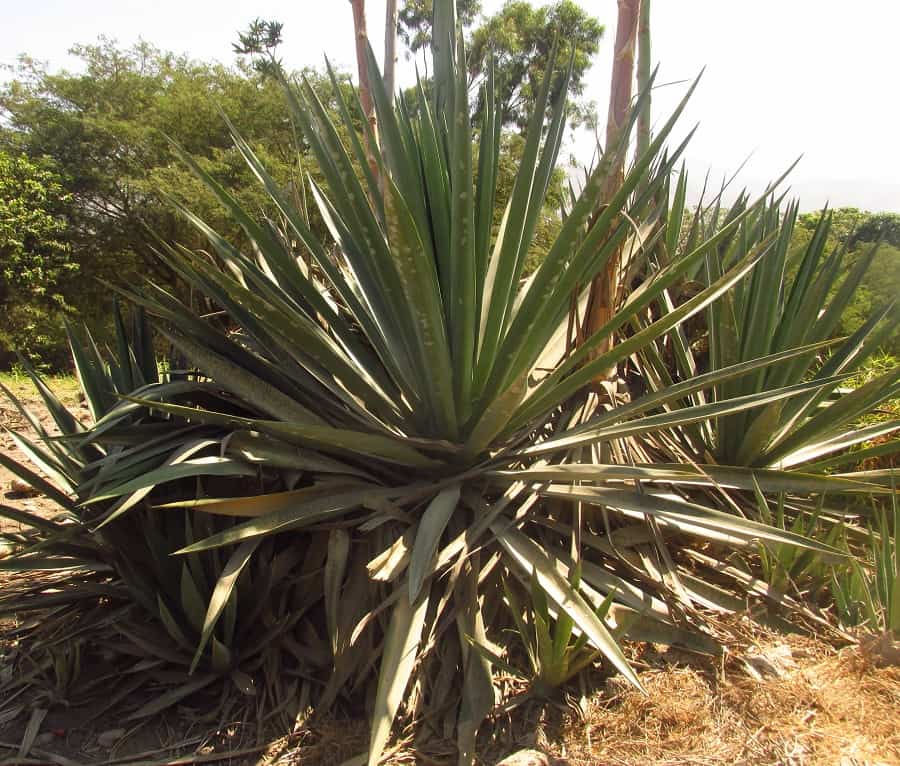
Furcraea occidentalis is a species that thrives in the western regions of Mexico. It showcases attractive rosettes of grayish-green leaves, adding a touch of elegance to landscapes.
Furcraea parmentieri (Weeping Furcraea)
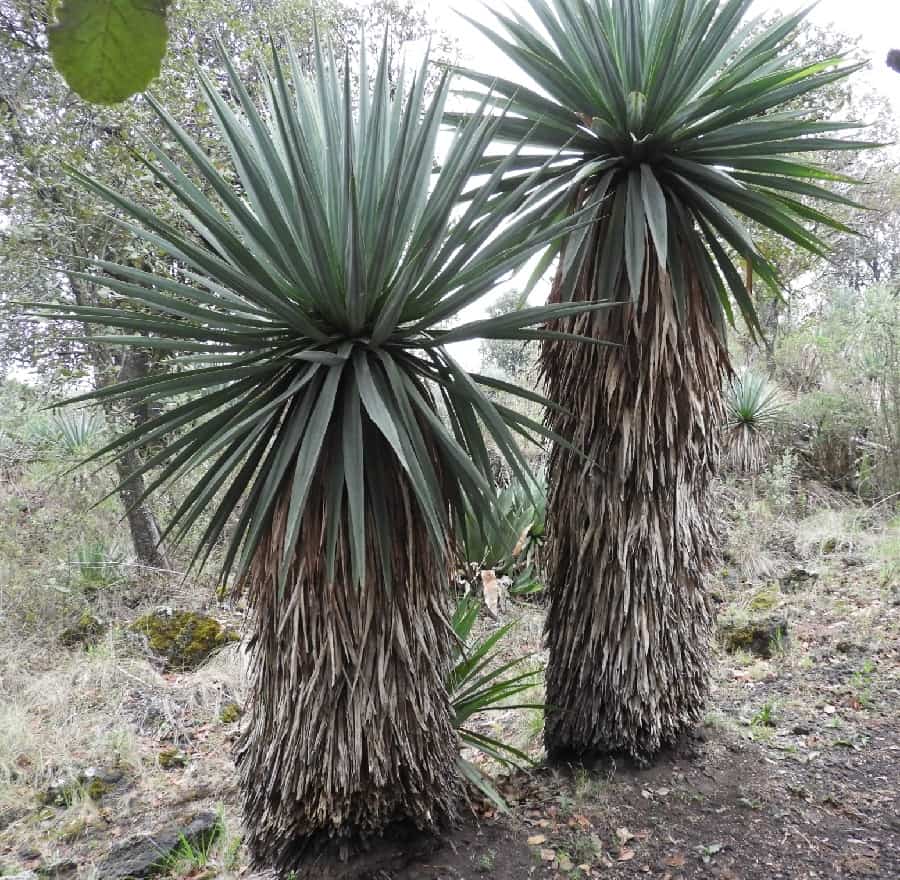
The Weeping Furcraea is known for its eye-catching, arching leaves that create a cascading effect. Native to Brazil and Paraguay, it brings a graceful and whimsical touch to gardens.
Furcraea pubescens
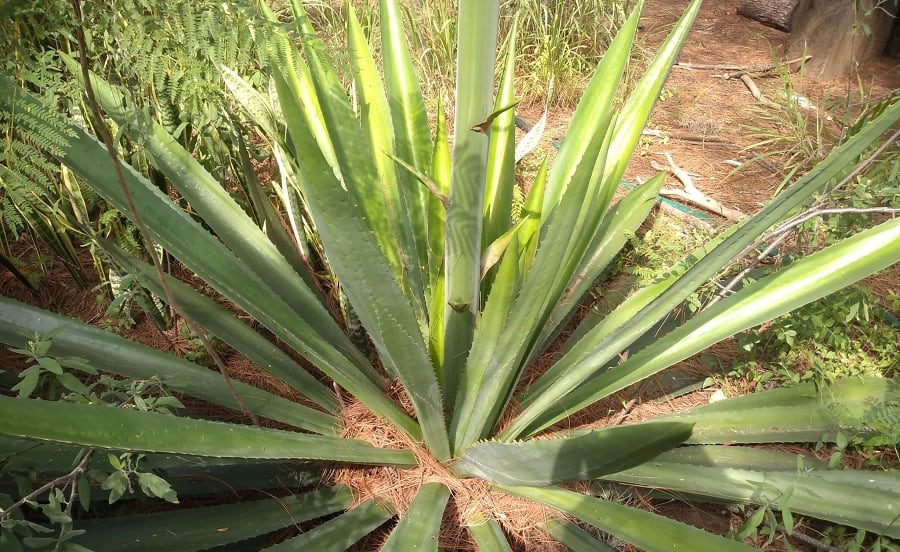
This species, native to Mexico and Central America, stands out with its densely hairy leaves. The hairs give it a unique textured appearance, making it a captivating addition to any collection.
Furcraea quicheensis
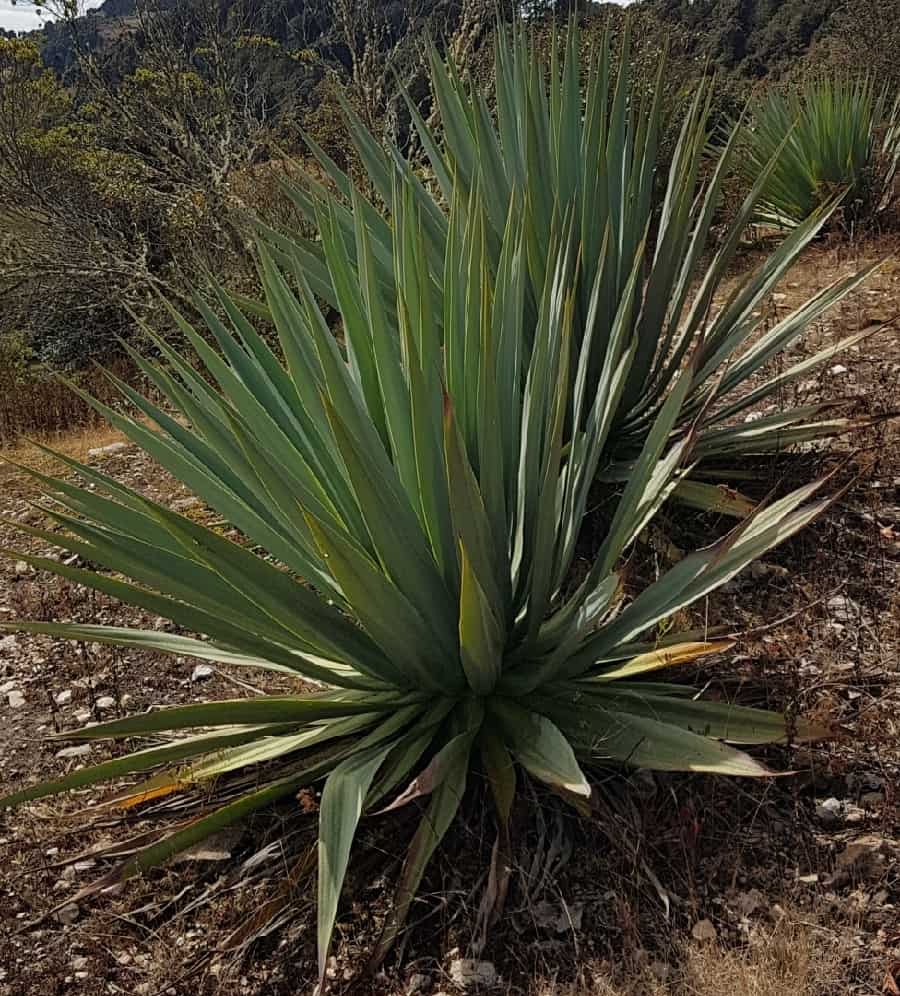
Found in Guatemala, Furcraea quicheensis features long, narrow leaves that gracefully curve. Its striking appearance adds a touch of elegance to tropical landscapes.
Furcraea selloa (Wild Sisal)
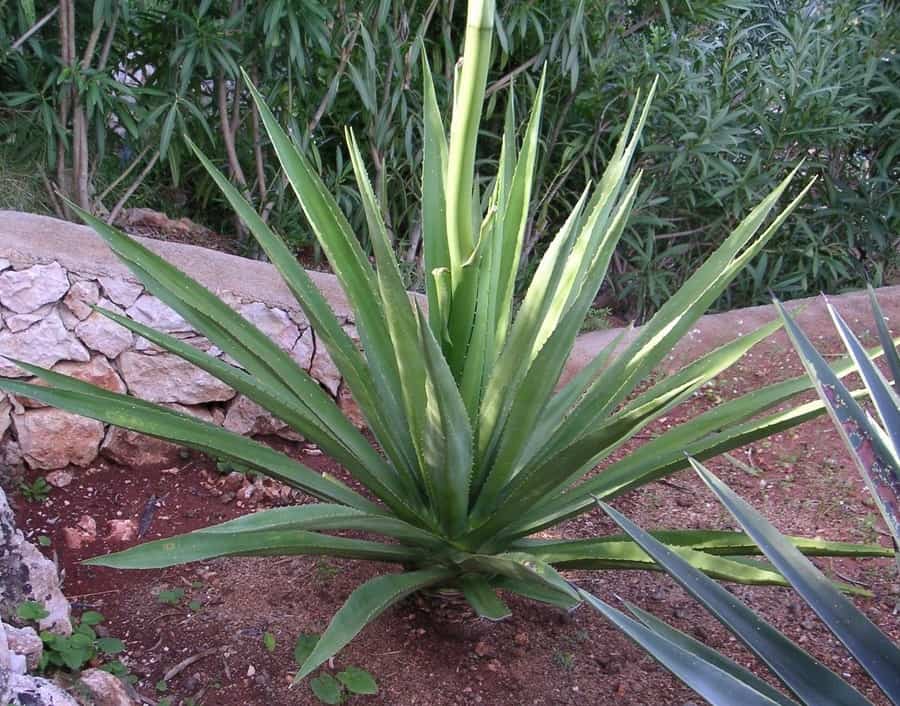
Furcraea selloa, also known as Wild Sisal, is a species well-regarded for its strong fibers, often used to make ropes and twine. It is native to Brazil and other parts of South America.
Furcraea selloa var. marginata
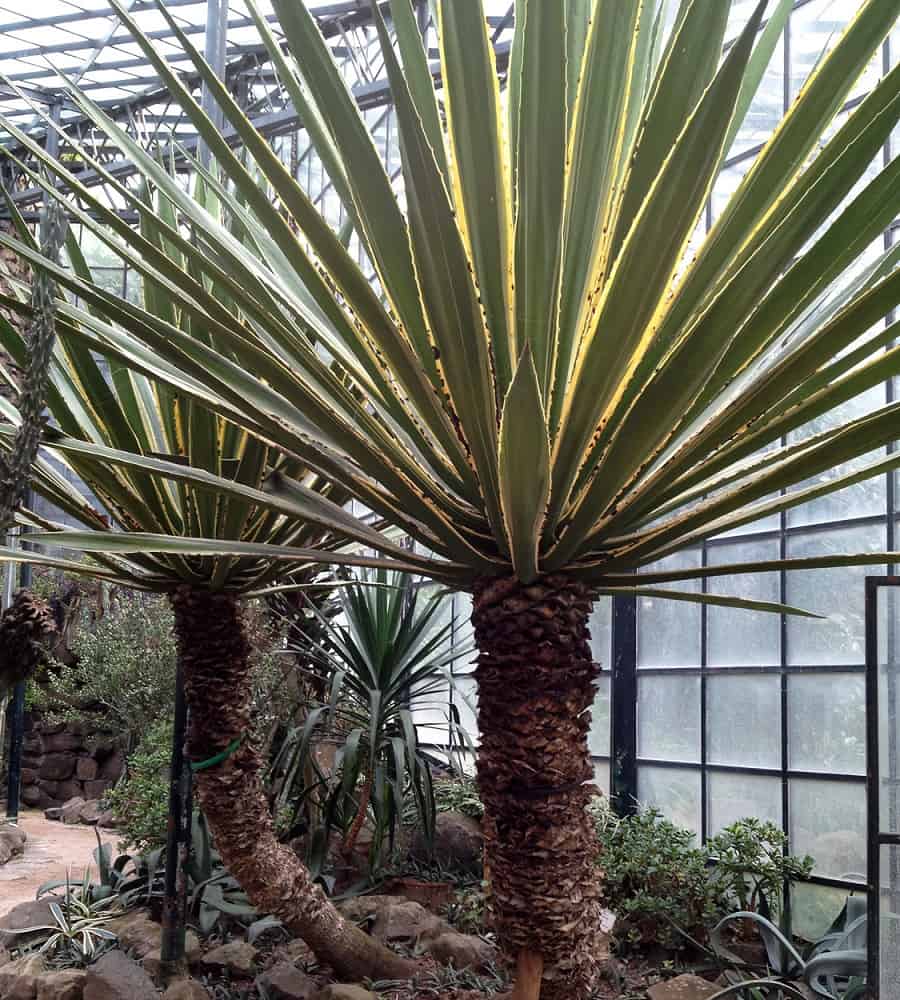
This variety of Furcraea selloa stands out with its distinctive marginated leaves. The green leaves are edged with a contrasting color, providing an appealing visual contrast.
Furcraea tuberosa
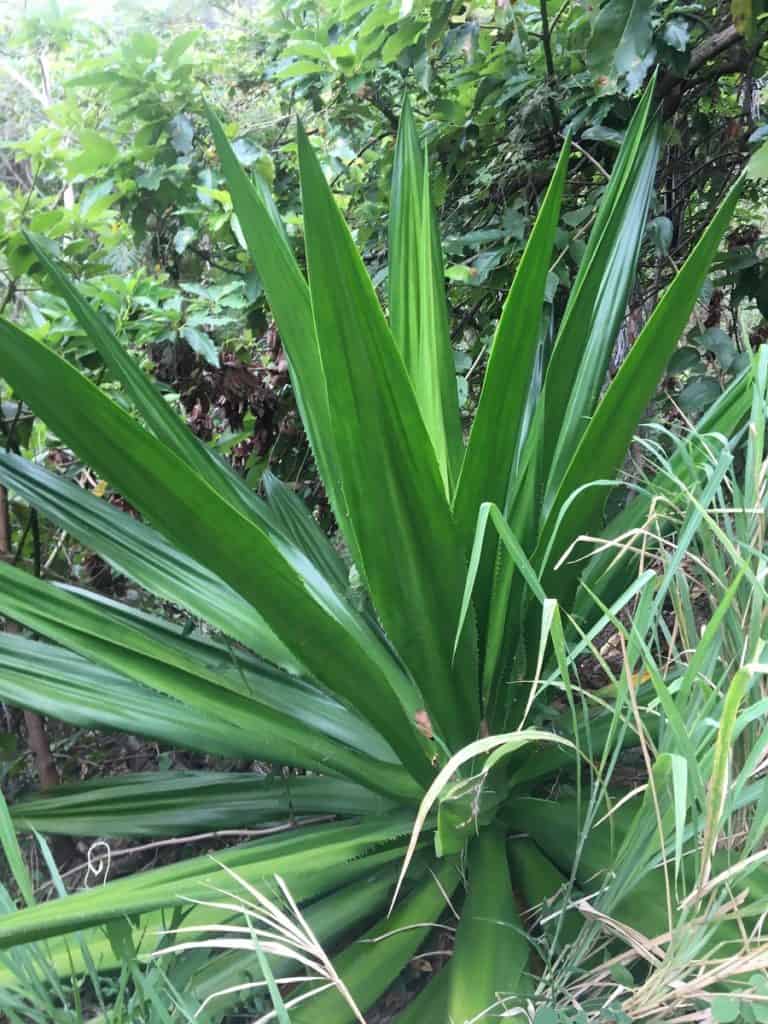
Native to Mexico, Furcraea tuberosa has striking, thick leaves and forms impressive rosettes. It has a distinct tuberous base, adding a unique feature to its appearance.
Is Furcraea an Agave?
Many people mistake Furcraea plants for agaves because they have striking similarities in appearance, with leaves and rosettes resembling plants that look like agave. However, they actually belong to a related genus. The main biological difference between the two is that Furcraea plants have bulbous-shaped flowers. While both plants are part of the Agavaceae family, Furcraea plants tend to be larger than the average agave.
Furcraea species are a type of succulent with stiff and thick leaves that form rosettes. Some have tall stems, while others are stemless, so stem appearance alone is not a reliable identifier. Additionally, some Furcraea plants have leaves that resemble those of agaves, further adding to the confusion.
The flower heads of Furcraea plants, including flowers, stalks, stems, and bracts, can grow up to a whopping 40 feet in height. When we say they are big, we mean they are BIG! These plants are also capable of producing hundreds of bulbils, which are bulb-like structures found in the leaf axils. These bulbils eventually fall to the ground and serve as a means of propagation, but we’ll delve more into that later.
Both Furcraea and agaves are xerophytic plants, meaning they can thrive with little to no water for extended periods. So, if you have a semi-humid or arid garden, Furcraea species will fit right in.
Furcraea vs Agave: Similarities and Differences
These two plant varieties are often confused not only because of their visual resemblance, but also due to some shared common names. Let’s take a closer look at what causes the confusion and what sets them apart.
Similarities:
- Both belong to the Asparagaceae family.
- Both are succulents.
- Biologically, they are both of the same rank—genus.
- Most varieties of both plants are found in tropical regions of the Americas.
- Most species of Furcraea and agaves are monocots, meaning they have only one embryonic leaf, which aids in blooming.
- Both are xerophytic species.
- Both are sometimes referred to as the “century plant.”
Differences:
- Agaves have thin filaments, while Furcraea plants have thick filaments.
- Agave flowers are bell-shaped, while Furcraea flowers are bulb-shaped.
- There are over 200 species of agave plants, while only 23 Furcraea species are officially recognized.
- Most agaves are monocarpic, meaning the plant dies after blooming once, although some can bloom multiple times (polycarpic).
- Furcraea plants are commercially grown for medium-grade fiber production, while agaves do not have such commercial use.
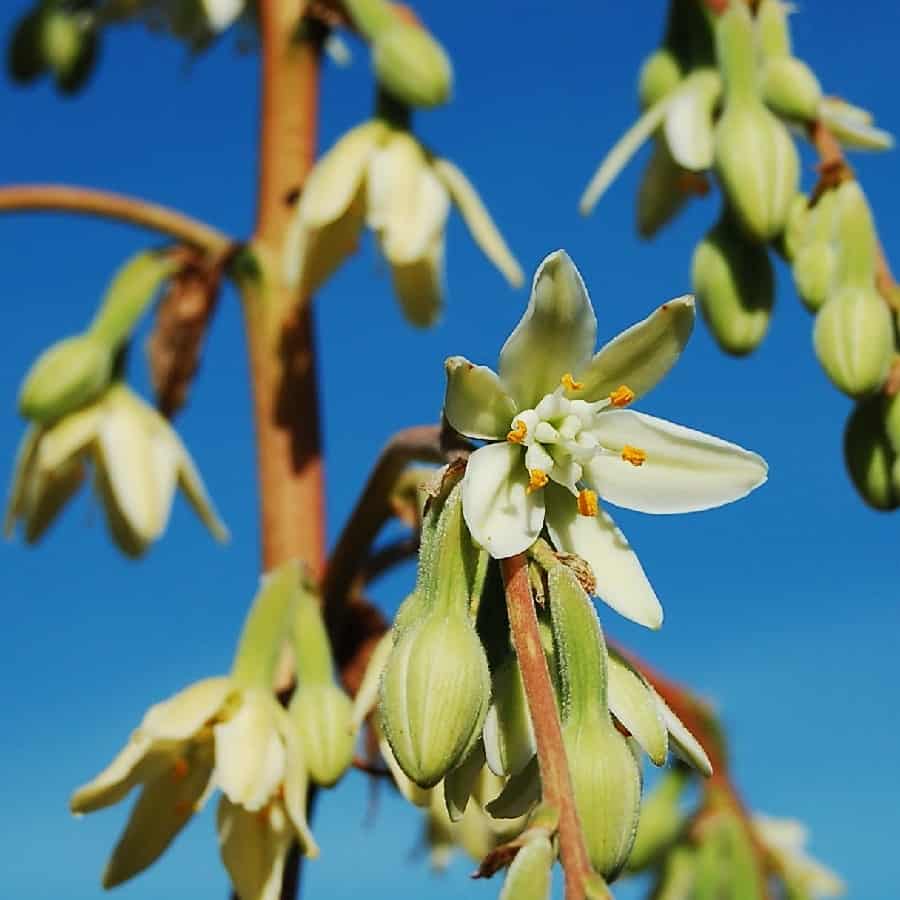
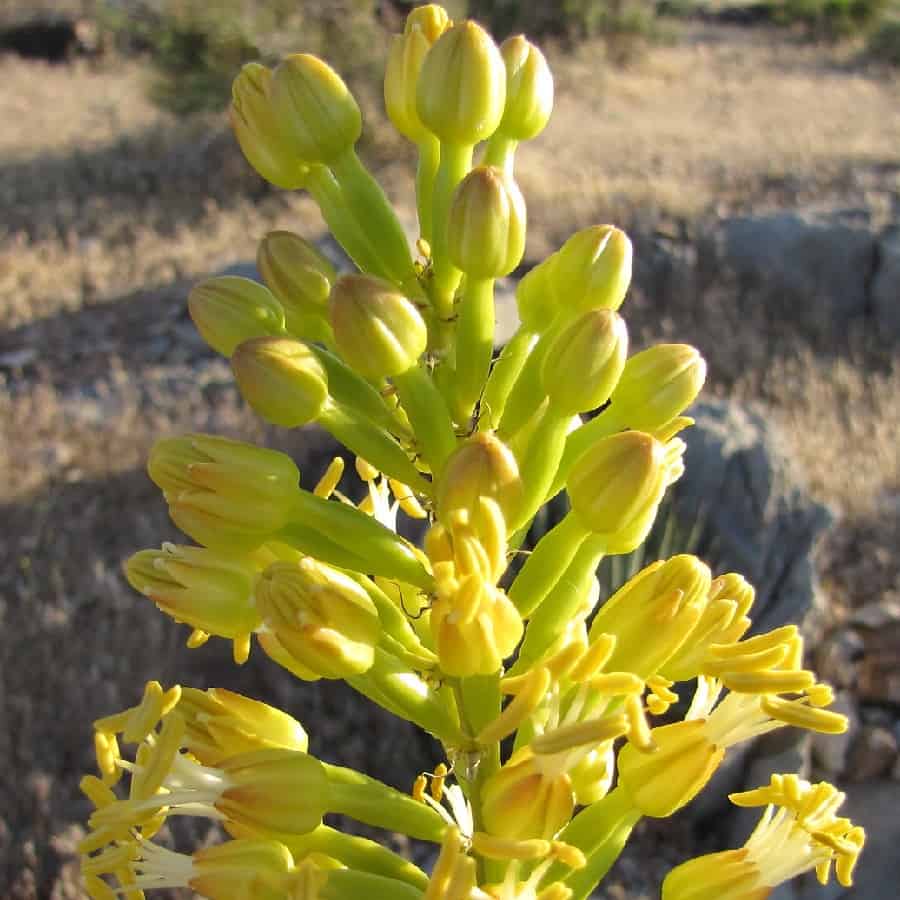
Furcraea plants are a prime example of a plant that looks like agave, with their similar rosette structures and spiky leaves.
How to Care for Furcraea Succulents
Furcraea is a succulent shrub-like plant that can reach heights and widths of 59 to 79 inches. The stem alone grows about 40 to 80 inches tall, while the leaves are thick, fleshy, and form beautiful rosettes.
Some species have spiny leaves, and as the plant matures, the stalk may resemble an asparagus shoot. It will produce numerous bulbils in green color (hundreds of them!). These bulbils will eventually fall off the stem and start growing on their own when they come into contact with moist soil.
Furcraea plants have a lifespan of 10 to 20 years, depending on the care they receive. So, let’s learn a little something about how to take care of them, shall we?
Weather
Temperature is an important factor when growing succulents. During the summer, it’s best to expose Furcraea plants to temperatures ranging from 71 to 77 degrees Fahrenheit. In winter, a temperature base of 44 degrees Fahrenheit is suitable.
However, they can tolerate slightly lower temperatures down to 25 degrees Fahrenheit. Below that, the plant will not survive. Remember, these plants are naturally xerophytes adapted to thrive in arid climates. Whether they are indoors or outdoors, the humidity should be low to medium.
If you’re keeping the plant indoors, the southwest or south-facing window is the best option since these plants thrive in bright sunlight. East or west-facing windows are also viable alternatives as they provide some shade. Be sure to check the specific lighting requirements for the Furcraea species you have.
Keep in mind that most of the time, these plants love bright sunlight and tend to thrive in those conditions. If you’re growing them outdoors, make sure they receive some shade from time to time.
Soil
Furcraea plants require well-draining soil, just like any other succulent. A mixture of two parts perlite or coarse sand, one part sphagnum, one part garden land, and one part gravel works well. These plants prefer slightly acidic soil, so make sure the pH level is between 6.1 and 7.8.
When repotting the plants, which should be done once a year, opt for a clay pot where they have the best chance of thriving. These plants can become quite massive, so choose a larger pot during repotting. Remove any dead roots and old soil that may be present in the roots. After transplanting, refrain from watering for at least a week to prevent root rot. Keep an eye out for large, white-ish green flowers in the summer.
Watering
Like most succulents, Furcraea plants should not be overwatered. They are fundamentally xerophytes, capable of enduring long periods without water. Watering them once every three to four weeks is sufficient. Ensure that the soil has completely dried out before watering the plant again.
Fertilizing
Adding fertilizer is not a bad idea. During the growing season, you can feed the plants with fertilizer meant for cacti once every two or three weeks. Alternatively, you can use a diluted complex fertilizer.
How to Propagate Furcraea
Furcraea plants are propagated using small plantlets, also called bulbils, which usually grow at the base of an existing plant. Simply wait for them to fall off the leaves naturally, then plant them in a separate clay pot.
Alternatively, they can grow when left on moist soil without being detached. These plants look great in clusters, so it’s not a bad idea to let them grow together. Just be careful not to overwater the plant due to the new plantlets, and ensure that both the mother plant and the new plantlets receive sufficient light.
FAQs
Do Furcraea die after flowering?
Yes, all 23 recognized Furcraea species are monocarpic, meaning they die after flowering. However, they can live for many years before reaching that stage, so you can enjoy the plant for a while.
What is a False Agave?
“False agave” is another name for Furcraea plants because they closely resemble agave plants. While they belong to the same family and are related, they do not share the same genus.
Is False Agave toxic?
Furcraea plants are not known to be toxic, but some varieties of agave plants might be. However, Furcraea plants are toxic to fish, so it is advised not to dispose of waste from these plants near water bodies. Waste may be produced during commercial fiber production processes.
